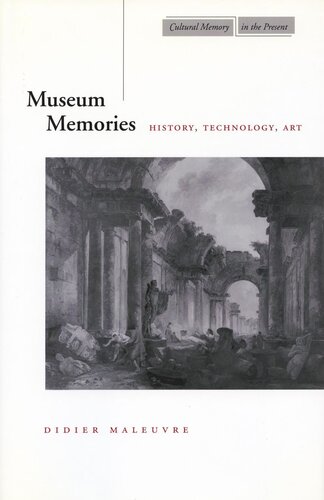

Most ebook files are in PDF format, so you can easily read them using various software such as Foxit Reader or directly on the Google Chrome browser.
Some ebook files are released by publishers in other formats such as .awz, .mobi, .epub, .fb2, etc. You may need to install specific software to read these formats on mobile/PC, such as Calibre.
Please read the tutorial at this link: https://ebookbell.com/faq
We offer FREE conversion to the popular formats you request; however, this may take some time. Therefore, right after payment, please email us, and we will try to provide the service as quickly as possible.
For some exceptional file formats or broken links (if any), please refrain from opening any disputes. Instead, email us first, and we will try to assist within a maximum of 6 hours.
EbookBell Team

4.3
8 reviewsFrom its inception in the early nineteenth century, the museum has been more than a mere historical object; it has manufactured an image of history. In collecting past artifacts, the museum gives shape and presence to history, defining the space of a ritual encounter with the past. The museum believes in history, yet it behaves as though history could be summarized and completed. By building a monument to the end of history and lifting art out of the turmoil of historical survival, the museum is said to dehistoricize the artwork. It replaces historicity with historiography, and living history turns into timelessness. This twofold process explains the paradoxical character of museums. They have been accused of being both too heavy with historical dust and too historically spotless, excessively historicizing artworks while cutting them off from the historical life in which artworks are born. Thus the museum seems contradictory because it lectures about the historical nature of its objects while denying the same objects the living historical connection about which it purports to educate. The contradictory character of museums leads the author to a philosophical reflection on history, one that reconsiders the concept of culture and the historical value of art in light of the philosophers, artists, and writers who are captivated by the museum. Together, their voices prompt a reevaluation of the concepts of historical consciousness, artistic identity, and the culture of objects in the modern period. The author shows how museum culture offers a unique vantage point on the nineteenth and twentieth centuries’ preoccupation with history and subjectivity, and he demonstrates how the constitution of the aesthetic provides insight into the realms of technology, industrial culture, architecture, and ethics.